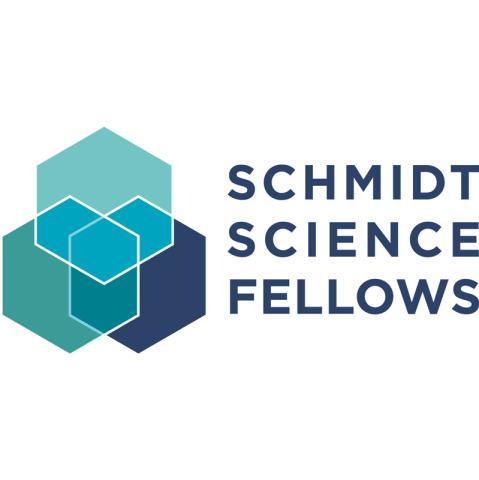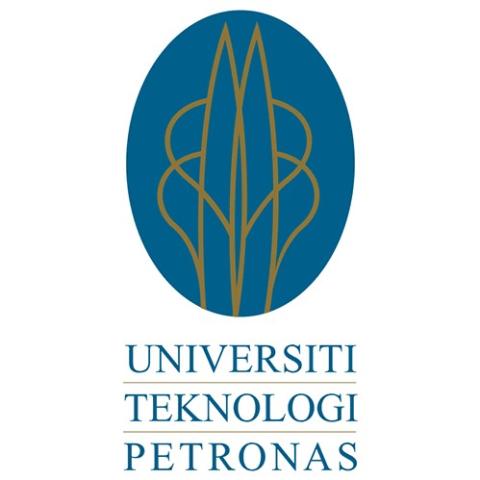
For truly practical learning, embrace an interdisciplinary approach
Interdisciplinarity
Sponsored by

Advice for bringing together multiple academic disciplines into one project or approach, examples of interdisciplinary collaboration done well and how to put interdisciplinarity into practice in research, teaching, leadership and impact
To make education more practical and foster collaboration, the Malaysian higher education sector is focusing more on interdisciplinarity. One innovative approach adopted recently is integrated project-based assignment learning (IPAL), which aims to revolutionise students’ learning experiences and equip them with the skills they need post-graduation.
Promote a holistic approach
IPAL merges fields of study into a single assignment, allowing students to explore the interconnectedness between disciplines effectively and practically. At Universiti Teknologi Petronas (UTP), IPAL blends hydrocarbon and petrochemical studies with molecular spectroscopy to provide students with an understanding of each subject and how they complement one another within contexts. Through this approach to education, students are prepared to tackle real-world challenges by deploying their interdisciplinary knowledge and hands-on skills effectively.
Collaborative learning and real-world modelling
IPAL’s focus on practical applications is a significant advantage. Assignments are designed around challenges students may face in professional contexts, motivating them to apply their academic knowledge to real-world situations.
For example, students can select a popular molecule, such as the Ziegler-Natta or Grubbs catalyst, and investigate its applications in hydrocarbon synthesis and petrochemical operations. Their tasks involve determining starting materials, optimal synthesis parameters and potential applications in industries like pharmaceuticals and materials science. The molecular spectroscopy component requires students to leverage various spectroscopic techniques for structural characterisations. The assignment culminates in a 15-minute presentation and accounts for 15 per cent of the overall grade.
- ‘If you can empower others to build connections, you can help build a thriving collaborative ecosystem’
- Spotlight guide: A focus on interdisciplinarity in teaching
- The challenges of creating a multidisciplinary research centre and how to overcome them
In the 21st-century workforce, IPAL emphasises team-based learning. Students work in groups of four to five, fostering a cohesive working environment and exposing them to diverse perspectives. This structure mirrors professional settings, where effective collaboration and communication are essential. Group projects facilitate ideas exchange, enabling students to learn from each other and develop vital social skills, preparing them to succeed in any professional environment.
Evaluation and feedback: tracking progress
The IPAL project is part of a nine-week blended learning activity that runs throughout the semester, with weekly discussions to track progress. It also keeps students on target and provides a continuous feedback loop.
Assessment is based on students’ ability to integrate and apply knowledge across multiple courses, with an emphasis on research, communication skills, teamwork and analytical thinking. These abilities are vital not just for academic learning but also for future application in professional settings.
Weekly discussion is a central part of the IPAL model. Lecturers from both courses can offer supervision and make any needed changes. This back-and-forth process is vital to learning – it identifies challenges and addresses them as soon as possible.
Students have responded positively to IPAL, citing the engaging nature of the tasks. IPAL has developed a more dynamic learning environment by bridging traditional academic silos and encouraging better knowledge of the topic. As Malaysian institutions work to enhance and expand this initiative, IPAL offers a forward-thinking educational strategy.
Room for improvement
One of the challenges we’ve faced in adopting IPAL is the time it takes for academics from different subjects to collaborate.
Conducting an evaluation can be also difficult because interdisciplinary work demands fair evaluation, but at the same time, disciplinary rigour must be retained in every subject matter. Overcoming these challenges is critical to fully realising IPAL’s potential to transform education.
Zulkifli Merican Aljunid Merican and Lim Jun Wei are senior lecturers in the fundamental and applied science department at Universiti Teknologi Petronas.
If you would like advice and insight from academics and university staff delivered direct to your inbox each week, sign up for the Campus newsletter.
Interdisciplinarity
Sponsored by




